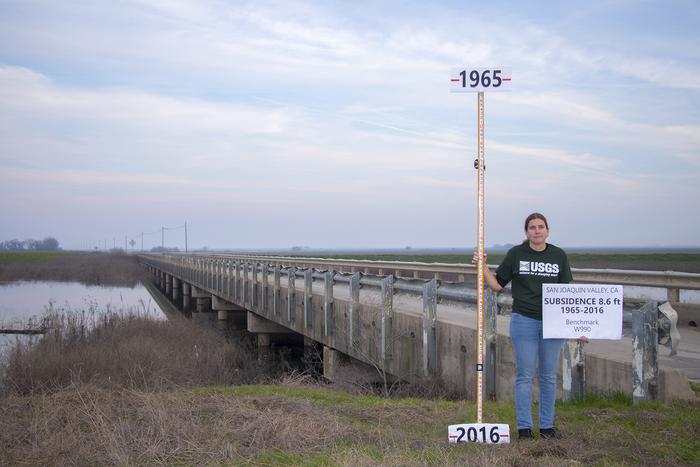Microdata from Swedish population registers provide new insights into cities’ economic growth paths. The data reveal a surge in regional inequality, with more and more resources flowing to cities atop the urban hierarchy, which thus acquire an increasing share of national wealth.
A particular viewpoint has come to dominate the science of cities. Cities of different sizes are seen as scaled copies of one another, expected to go through similar lifecycles of socioeconomic growth – only in different historical epochs. In this perspective, cities follow parallel growth trajectories and, as an urban system grows in wealth and people, the relative inequality between cities remains stable.
“This idea has always puzzled me. It does not correspond to the increasing regional inequalities we observe in many countries around the world. The notion that cities grow completely in parallel appears empirically ill-founded as it is derived from datasets that only cover larger metropolitan areas. It misses out on small towns, many of which face a struggling economy and sustained out-migration of young and educated individuals”, says Dr Marc Keuschnigg who is an Associate Professor at Linkoping University’s Institute for Analytical Sociology.
The escalating urban-rural divide stands against the established interpretation of “urban scaling,” as the dominant framework is known among academics. In his research article “Scaling trajectories of cities”, published in the Proceedings of the National Academy of Sciences (PNAS), Keuschnigg puts the idea of self-similar urban growth to the test.
The new study also uses data on smaller cities, gathered from Swedish population registers that capture, for the first time, the city growth trajectories of an entire urban system – from the smallest town with 2,600 inhabitants to the capital city with 2.5 million inhabitants.
The results demonstrate that regional inequalities between smaller and larger cities increased substantially during 1990-2012, the period of observation. While big cities’ economic growth trajectories are extremely robust over time, places with less than 75,000 inhabitants show little resilience to economic shocks and structural changes in society. The data reveal a firm grip of an urban hierarchy on cities’ economic growth: Dominant positions in the urban system give an advantage to larger cities, helping their economies to thrive on specialized service industries and the sustained in-migration of talent from their hinterlands.
Because cities that rank lower in the urban hierarchy lack such relative advantages, path dependencies place bounds on the self-similarity of urban growth and, in relative terms, the pace of life in today’s regional centers will never compare to a nation’s core metropolitan areas back in time when they were of similar size.
These findings draw attention to the increasingly uneven economic geography observed in many countries, with growing levels of inequality between urban and rural areas.
“My research is of considerable policy relevance. It empirically identifies regional divides and measures the social inequalities associated with city growth and regional migration”, says Dr Marc Keuschnigg.
###
Media Contact
Marc Keuschnigg
[email protected]
http://dx.




